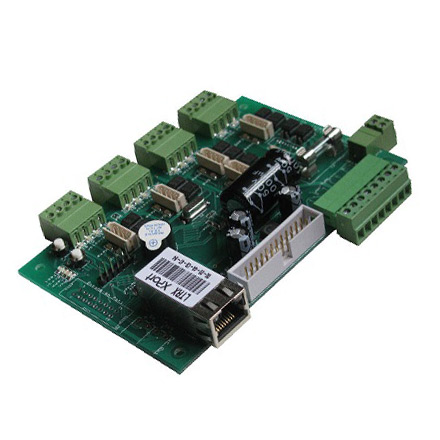

Different Types of Low-E Glass A Comprehensive Guide
Low-emissivity (Low-E) glass has revolutionized the way we think about energy efficiency in buildings and homes. Specifically designed to minimize the amount of infrared and ultraviolet light that can pass through glass without compromising visible light, Low-E glass plays a crucial role in reducing energy costs and improving indoor comfort. In this article, we will explore the different types of Low-E glass, their specific uses, benefits, and how they can enhance overall energy performance.
What is Low-E Glass?
Low-E glass is coated with a thin layer of metal or metallic oxide, usually silver, to provide these energy-efficient properties. This coating reflects heat back into the room during winter while allowing sunlight to enter, and it reflects solar heat away during the summer, thus maintaining a comfortable indoor climate year-round.
Types of Low-E Glass
1. Soft Coat Low-E Glass Soft coat Low-E glass is produced by applying a microscopically thin layer of metal oxide to the glass surface in a controlled environment. This method allows for more flexibility in the type of coatings used, resulting in excellent performance for both solar control and thermal insulation. Soft coat Low-E glass is generally more energy-efficient compared to hard coat glass and is ideal for residential and commercial applications where maximum energy efficiency is desired.
2. Hard Coat Low-E Glass In contrast, hard coat Low-E glass is created by placing a layer of metal oxide directly on the glass while it is still hot during the manufacturing process. This makes the coating more durable and resistant to scratches, but it also results in lower performance in terms of thermal insulation. Hard coat Low-E glass is often used in applications where durability is important, such as in roof windows, and where significant thermal performance is not as critical.

3. Low-E Glass with Colored Coatings Some manufacturers offer Low-E glass with colored coatings, which can enhance aesthetic appeal without sacrificing energy efficiency. These coatings can come in various hues, allowing architects and designers to match the glass with the building’s overall design. Furthermore, they maintain the same thermal performance levels as standard Low-E coatings.
4. Argon or Krypton Gas-Filled Low-E Glass A common practice for increasing the thermal performance of Low-E glass is to fill the space between the panes with inert gases such as argon or krypton. These gases offer better insulation than air and help reduce heat transfer, making them an excellent complement to Low-E coatings. This combination is particularly effective in double or triple-glazed windows, significantly lowering energy consumption.
5. Low-E Glass for Skylights Specialized Low-E glass options exist for skylights to optimize natural light and energy efficiency. Often designed to reduce glare and UV radiation while retaining maximum light transmission, this type of glass is crucial for brightening indoor spaces without excessive heat gain.
Benefits of Low-E Glass
Low-E glass provides numerous advantages, including reduced energy costs, improved indoor comfort, and protection from harmful UV rays. By minimizing heat transfer, it enhances the energy efficiency of buildings, allowing for smaller HVAC systems and improved thermal comfort. Additionally, Low-E glass can extend the lifespan of furnishings and flooring by filtering out harmful UV radiation.
Conclusion
Investing in Low-E glass is a smart choice for anyone looking to improve energy efficiency and comfort within a building. With various types available—each with unique benefits and applications—homeowners and builders alike should consider their specific needs and the environments in which the glass will be used. As energy efficiency continues to be a priority, Low-E glass stands out as an essential component in achieving a sustainable future.